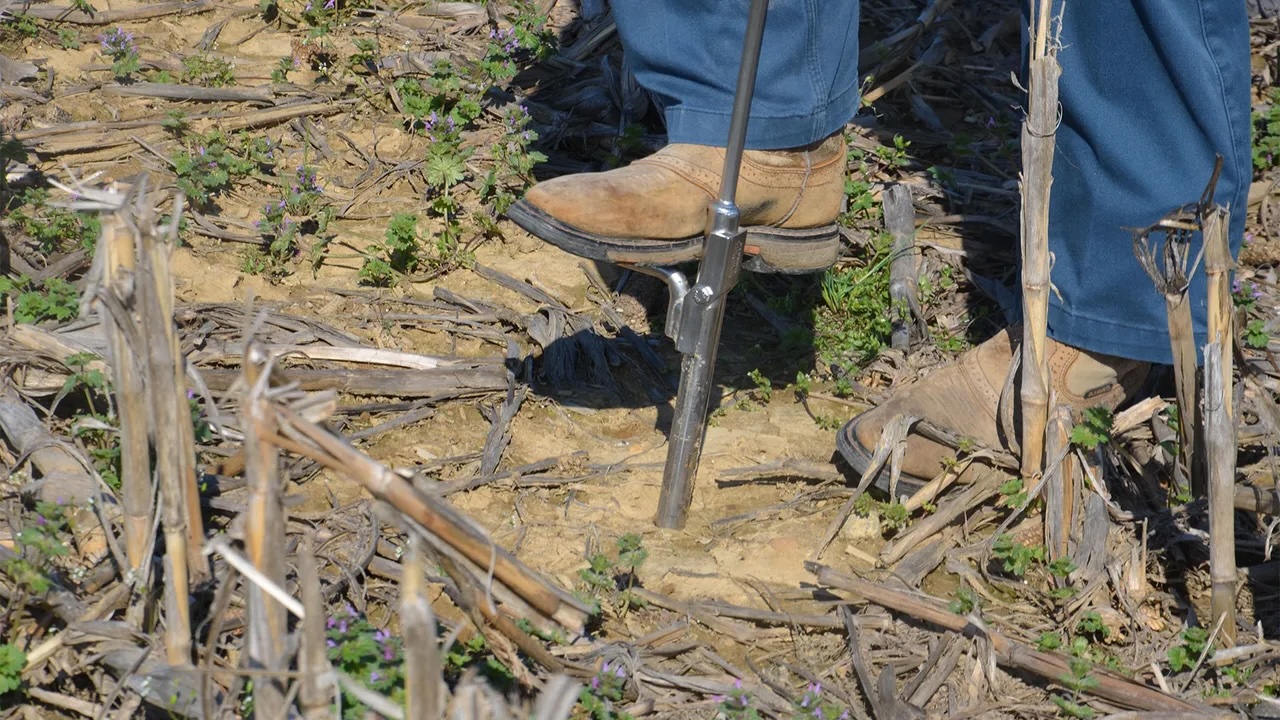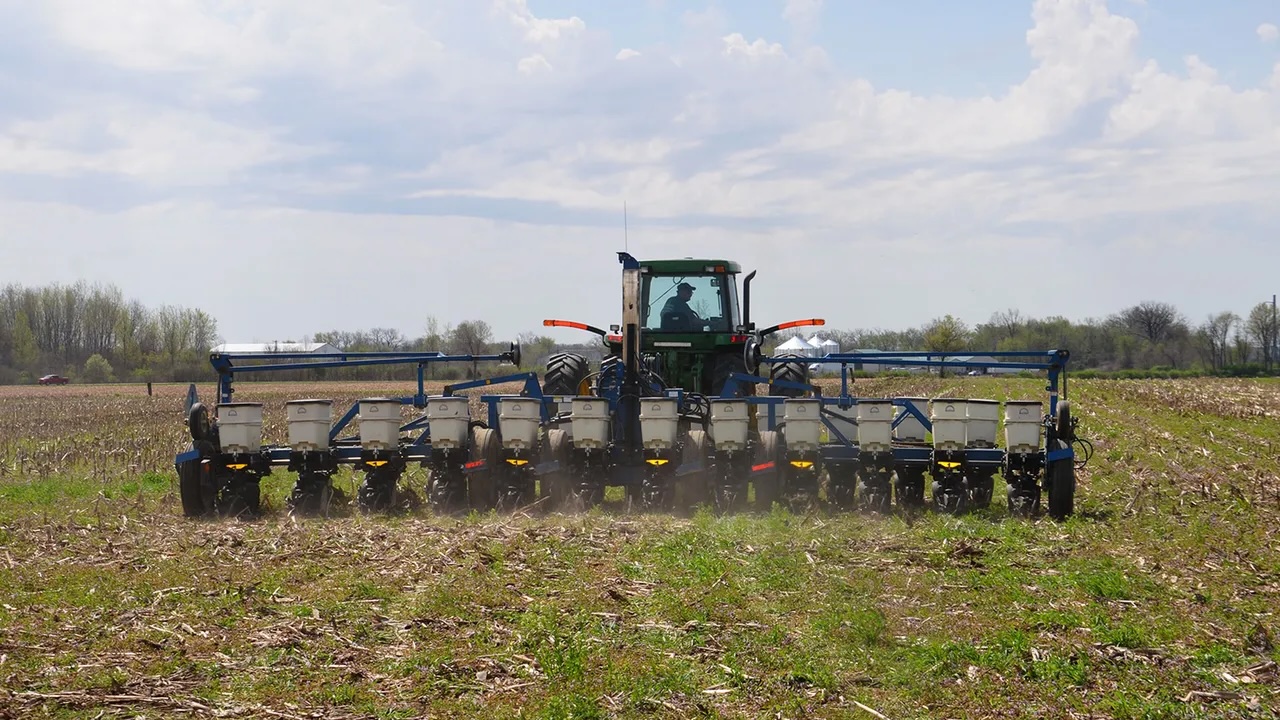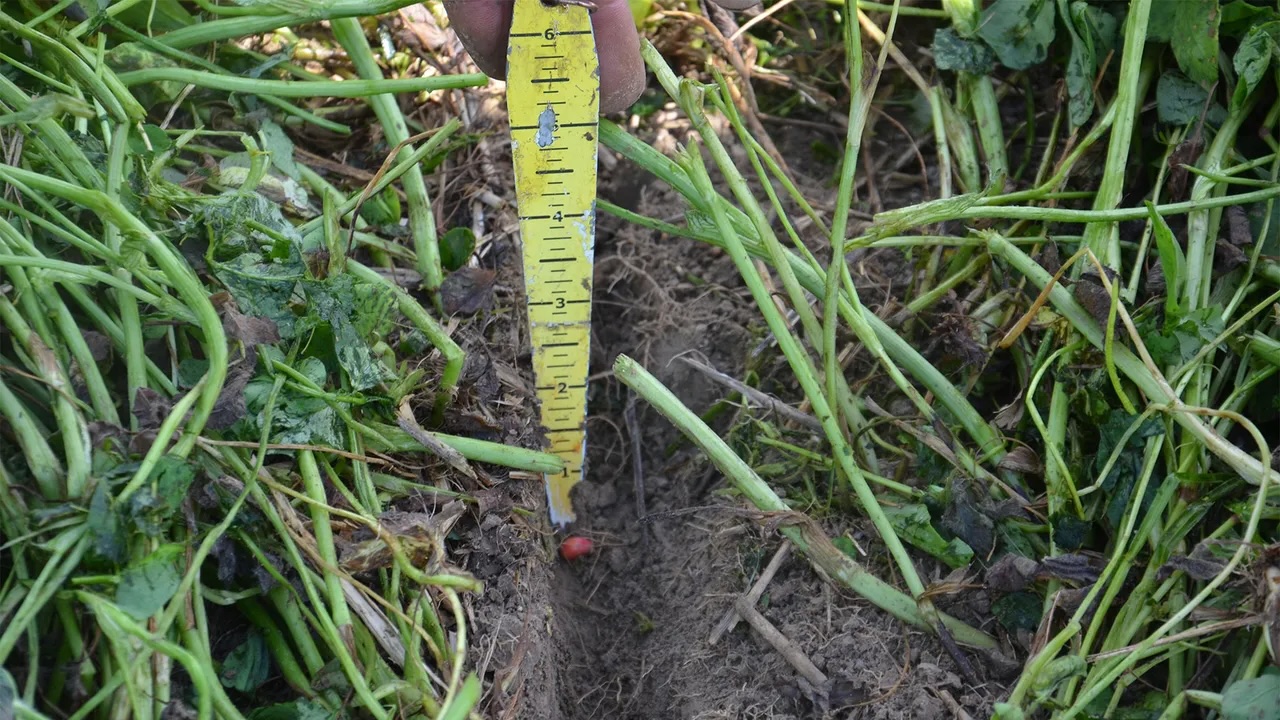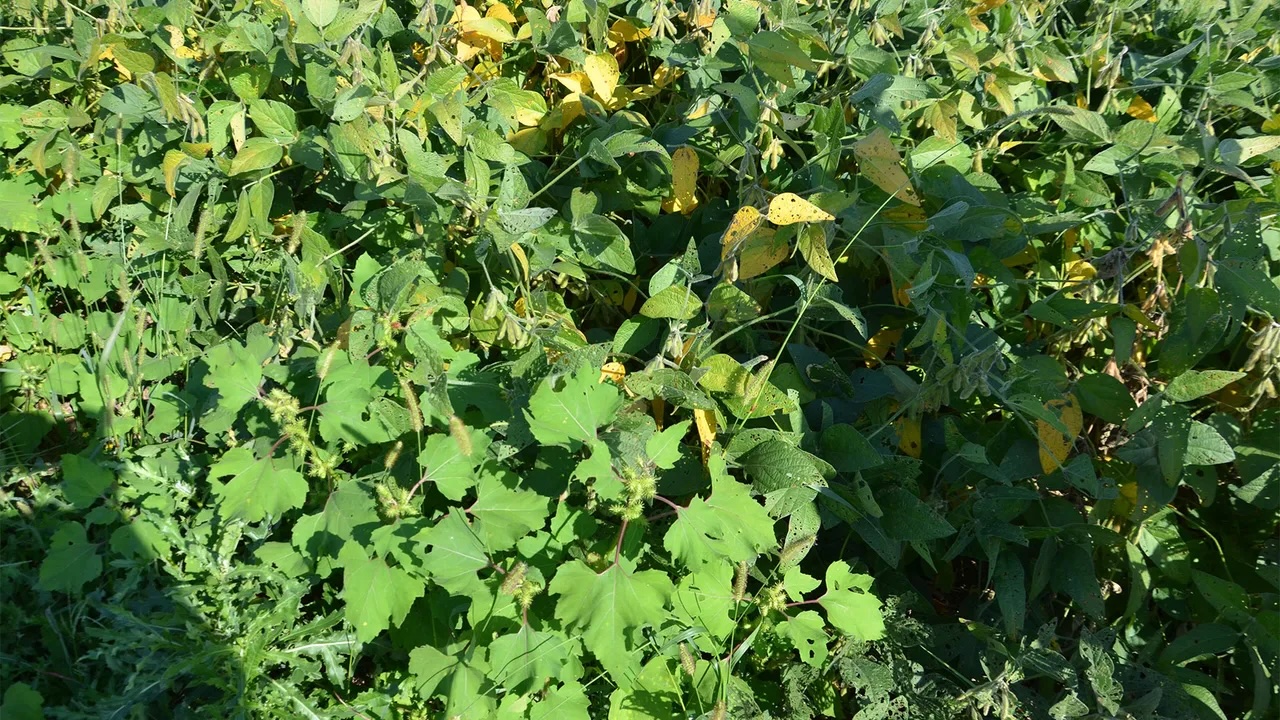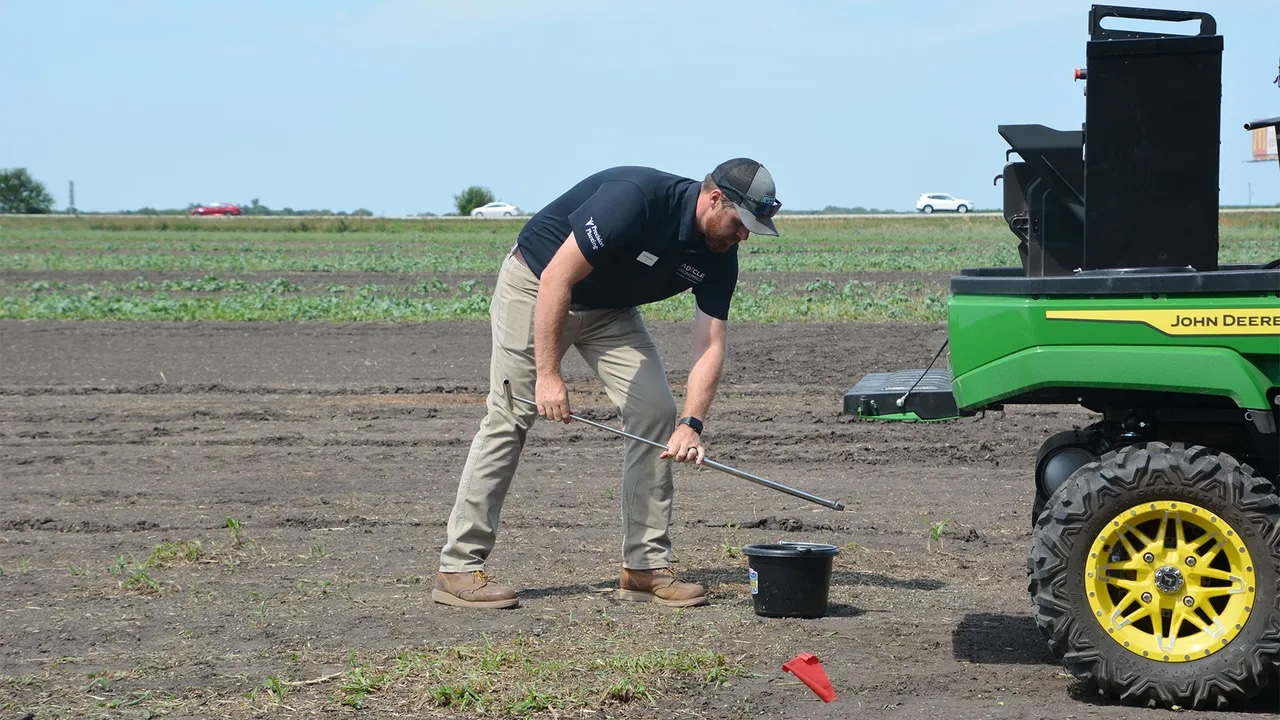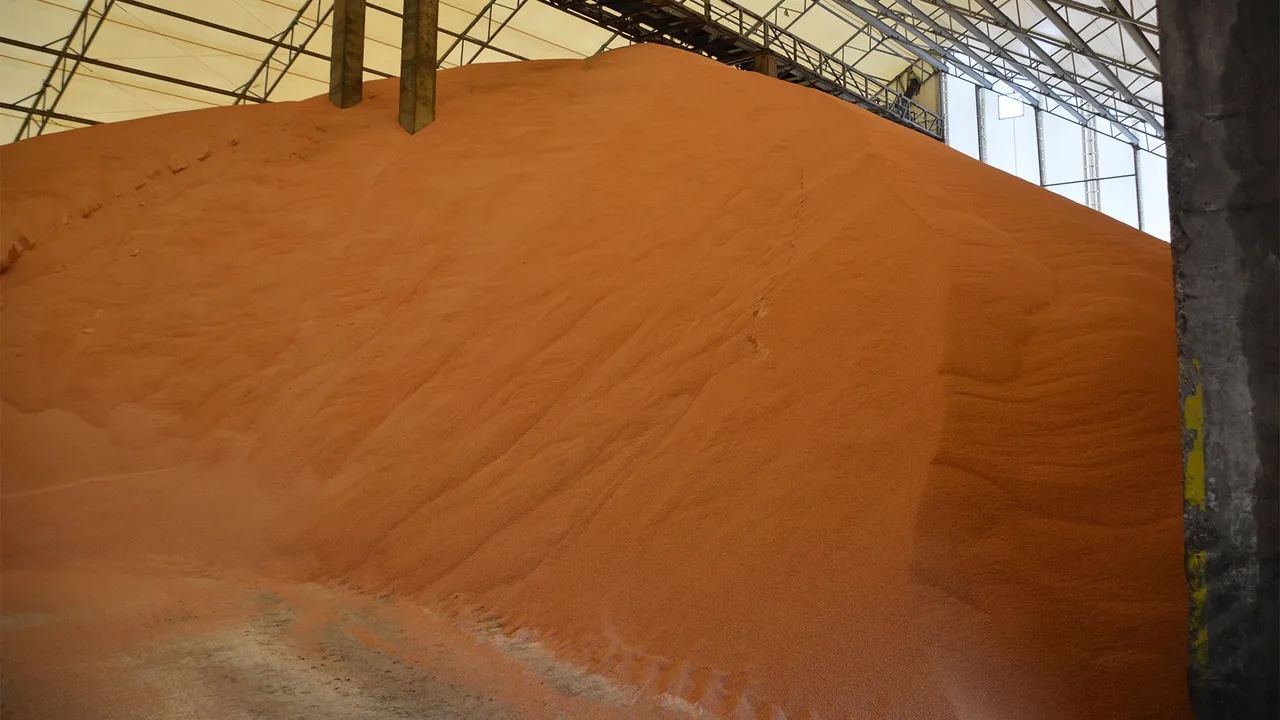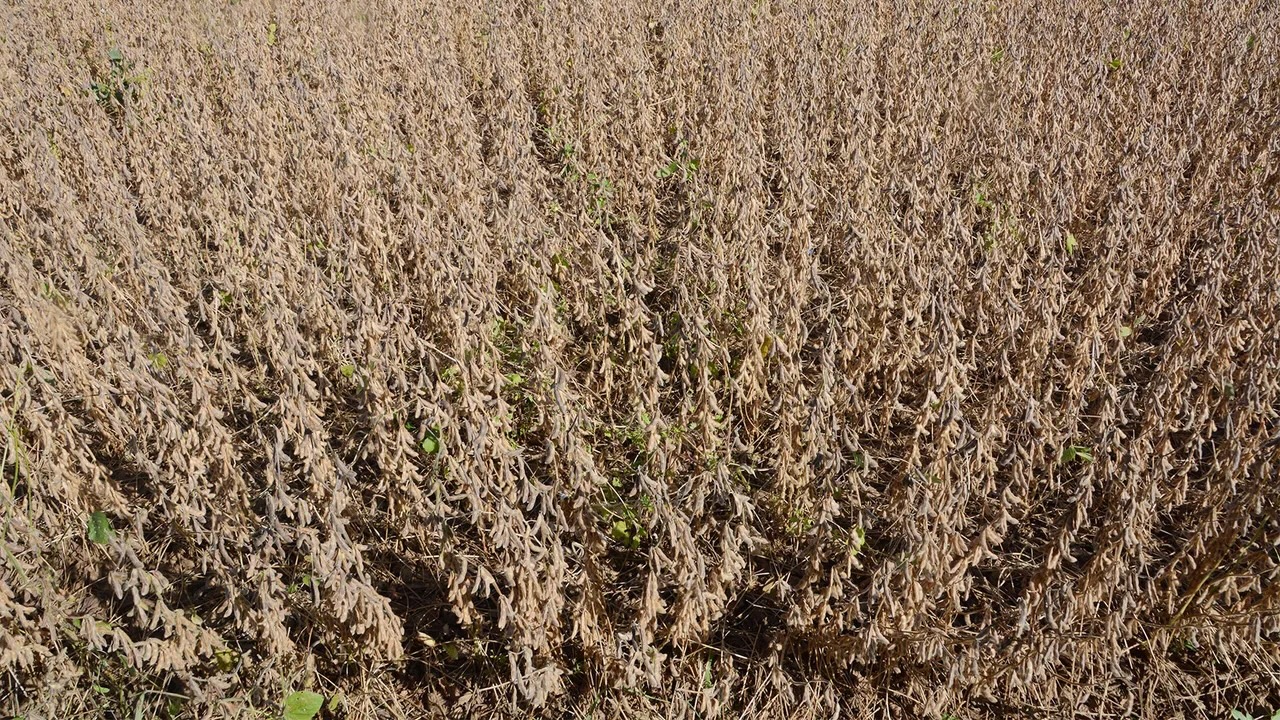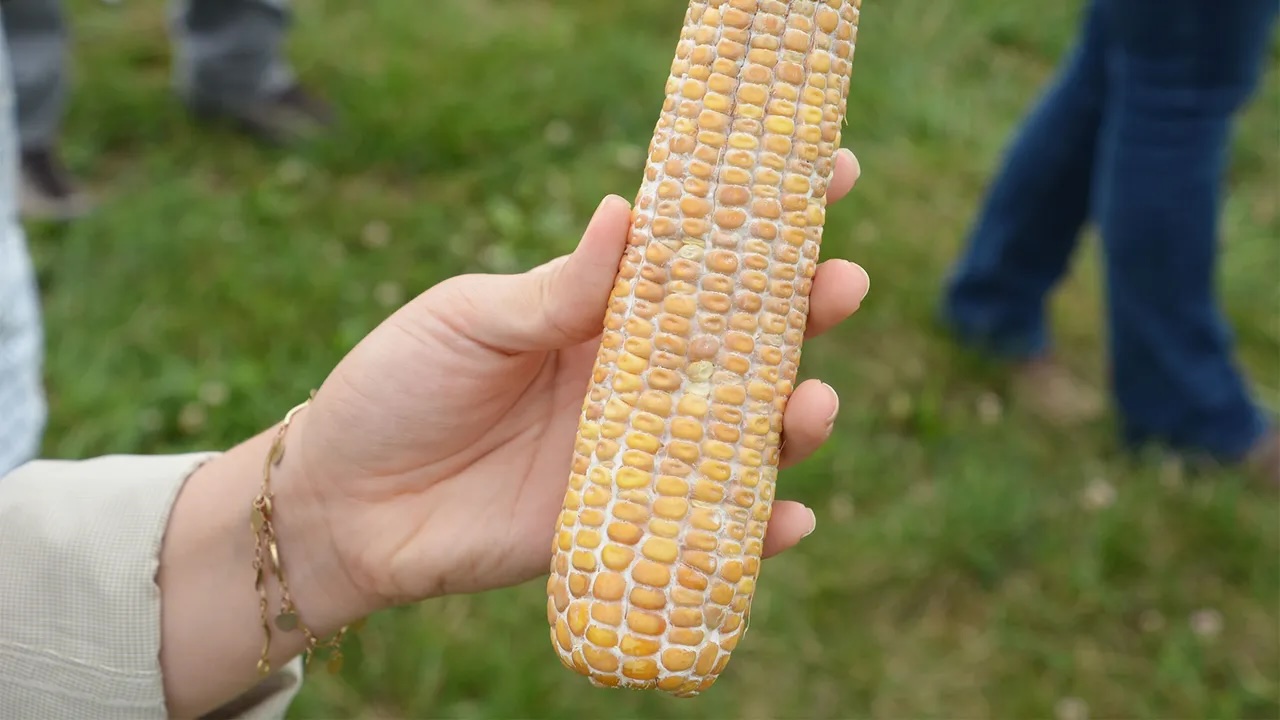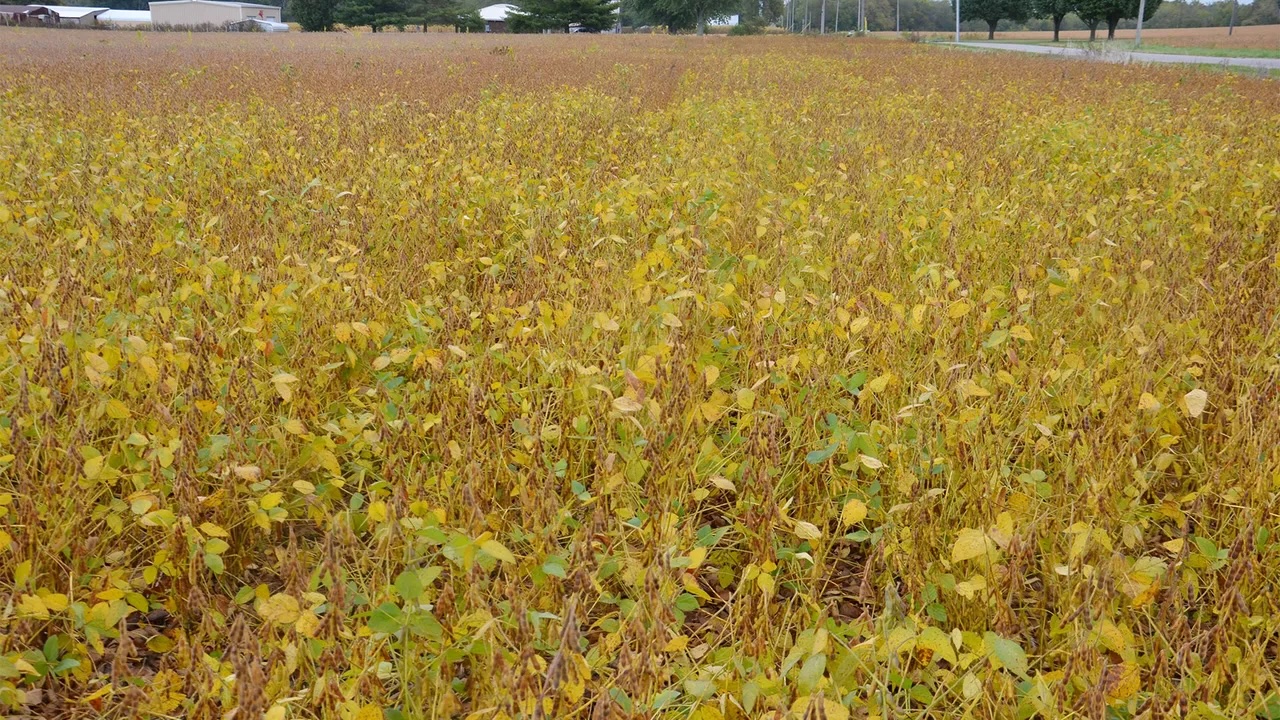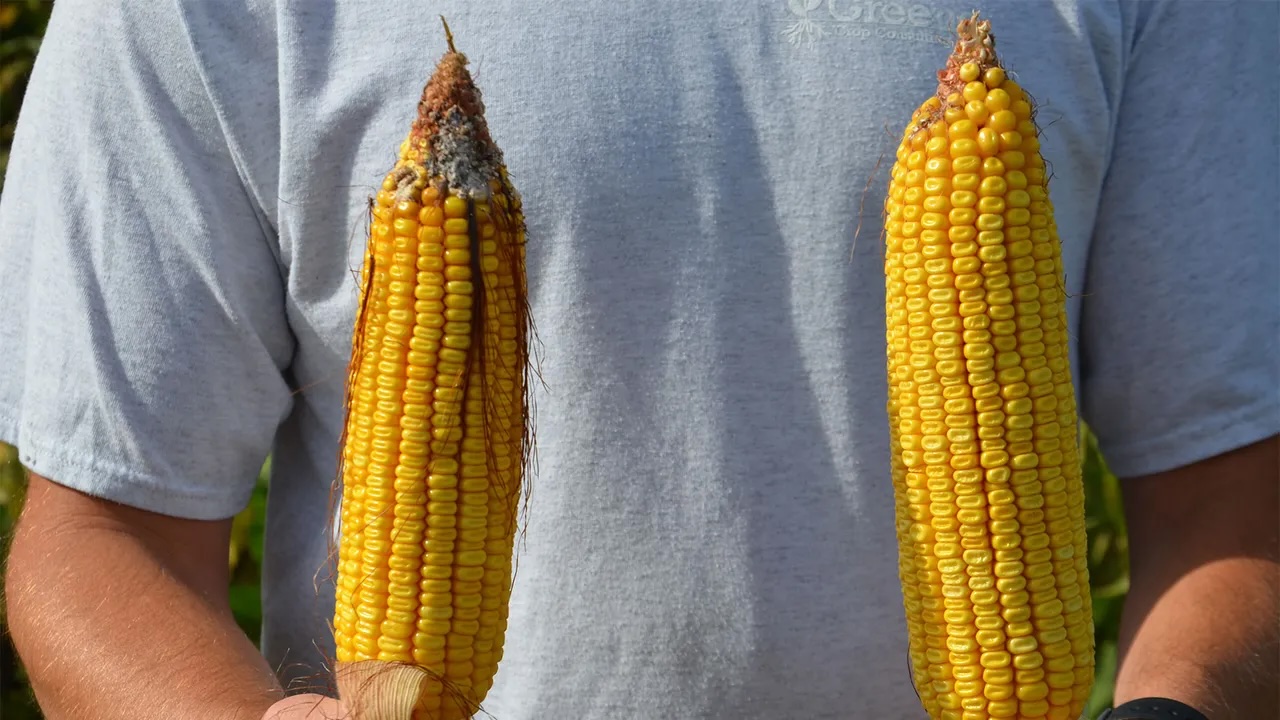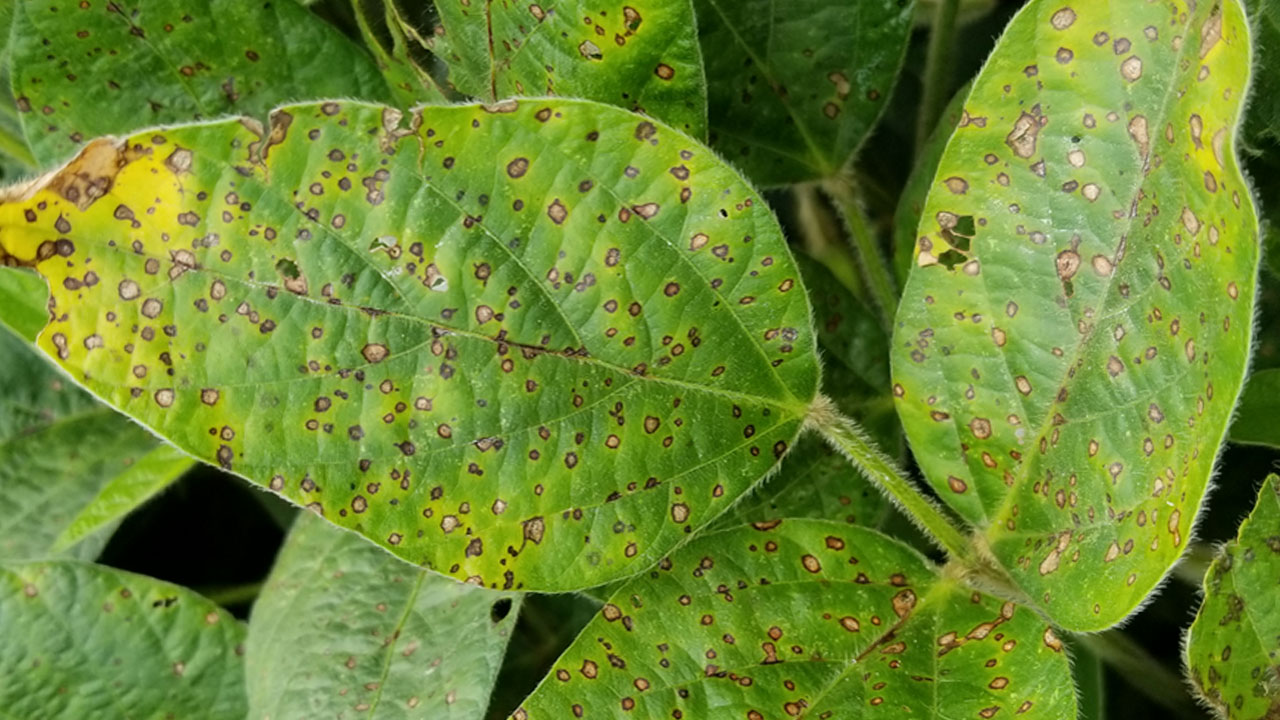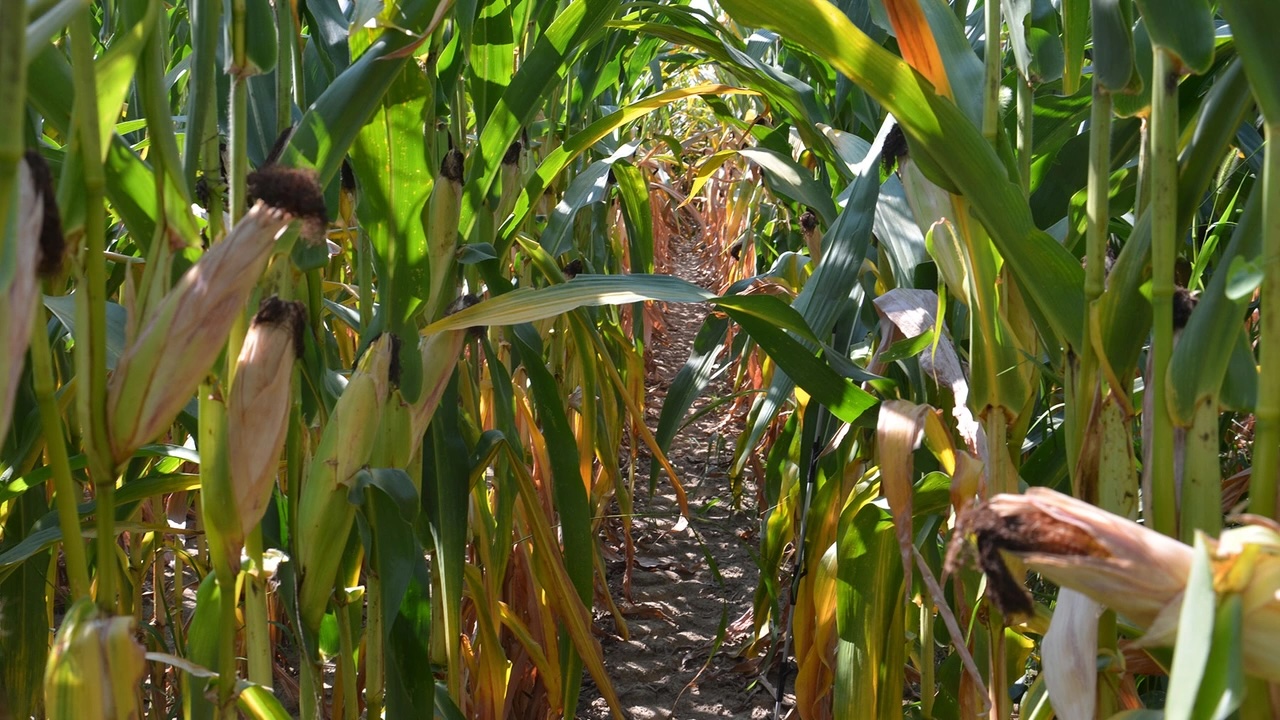Make these changes for June-planted beans
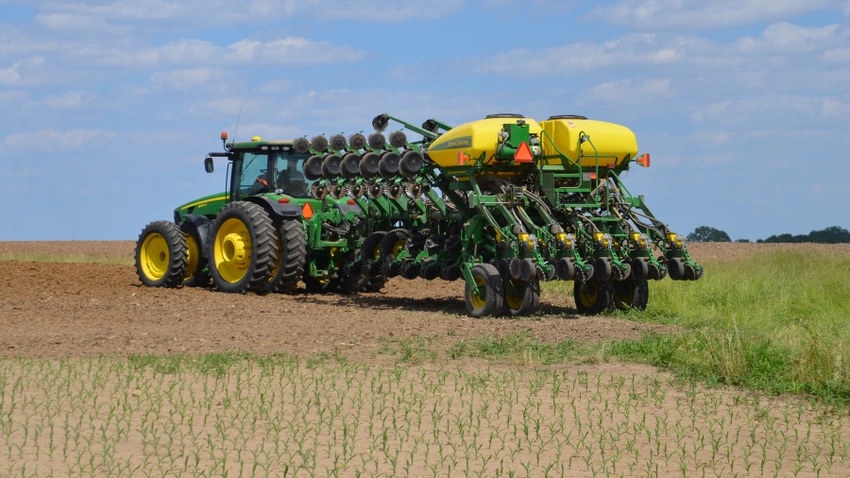
What changes should I make if I don’t plant soybeans until June — whether they’re first-crop, replanted or double-crop soybeans? Should I plant more seeds? How many? Change variety to earlier or later? Change row width? We plant first crop with a 15-inch splitter, and we have a 7.5-inch no-till drill.
The Indiana Certified Crop Adviser panel answering this question includes Betsy Bower, agronomist for Ceres Solutions, Terre Haute; Abby Horlacher, Nickel Plate Consulting, Frankfort; and Brian Mitchem, proprietary products manager for Nutrien Ag Solutions, Fort Wayne.
Bower: While planting into June is not anyone’s ideal, we can still have very good soybeans. In southwest Indiana last year, soybeans planted in early June rivaled early-planted soybeans, and yields were well into the 70s. Some double-crop soybeans planted around June 20 have yielded 70 bushels per acre.
Guidelines for planting soybeans in June include these adjustments:
Seeding rate. Increase planting population around 10% the first week in June, and add an additional 10% for each week after. Increasing seeding rates will facilitate faster row closing, higher podding height and more nodes.
Narrow rows. Strongly consider narrowing row widths only if first-crop soybeans are planted in 30-inch rows. There’s no need to change from 15- or 20-inch planter rows to a drill.
Maturity guidelines. Plant full-season varieties until June 15 for northern Indiana, June 20 for central Indiana and June 25 for southern Indiana. Then drop 0.5 maturity group back and plant that until June 30 for northern, July 5 for central and July 10 for southern Indiana.
Replanting. Research indicates replanting or spotting in soybeans seldom pays unless original stands are lower than 66,000 plants per acre.
Horlacher: The later you go into planting, the higher the population needed to produce yield because soybeans are photoperiod sensitive. When nights become longer, the plant switches to reproductive stage. There is less time to add nodules, so you need more plants to produce yield. Stick with the planter, as you will have better seed placement. Just up population by 10,000 to 15,000.
Mitchem: While there is typically a yield advantage with timely planting, later-planted beans have been very successful recently. Some of this can be attributed to better stress tolerance in genetics, but timely moisture and a longer frost-free period into fall also help.
Capturing as much sunlight as early as possible should be a goal. Row spacing at 15 inches or less is advisable. Stay with the planter for better depth control. Adjusting population upward when planting later has advantages, including more early sunlight capture and increasing plant height due to competition. Increasing seeding rate by 20% in mid-June and by 40% in late June and early July is reasonable. Early-maturity beans should be avoided when planting later. Planting beans that are mid- to slightly later maturity than when planting early is advisable.
Replant is always a difficult decision. A uniform population with limited stress at emergence will have 100% yield potential at 50,000 plants per acre. However, populations are rarely uniform across a field. If replant is a consistent issue, I would recommend a drone scouting program that can accurately count plant populations and provide a replant map for you. I have used an Indianapolis-based company called Taranis. Drones can cover more acres per day and pinpoint areas that need attention.


